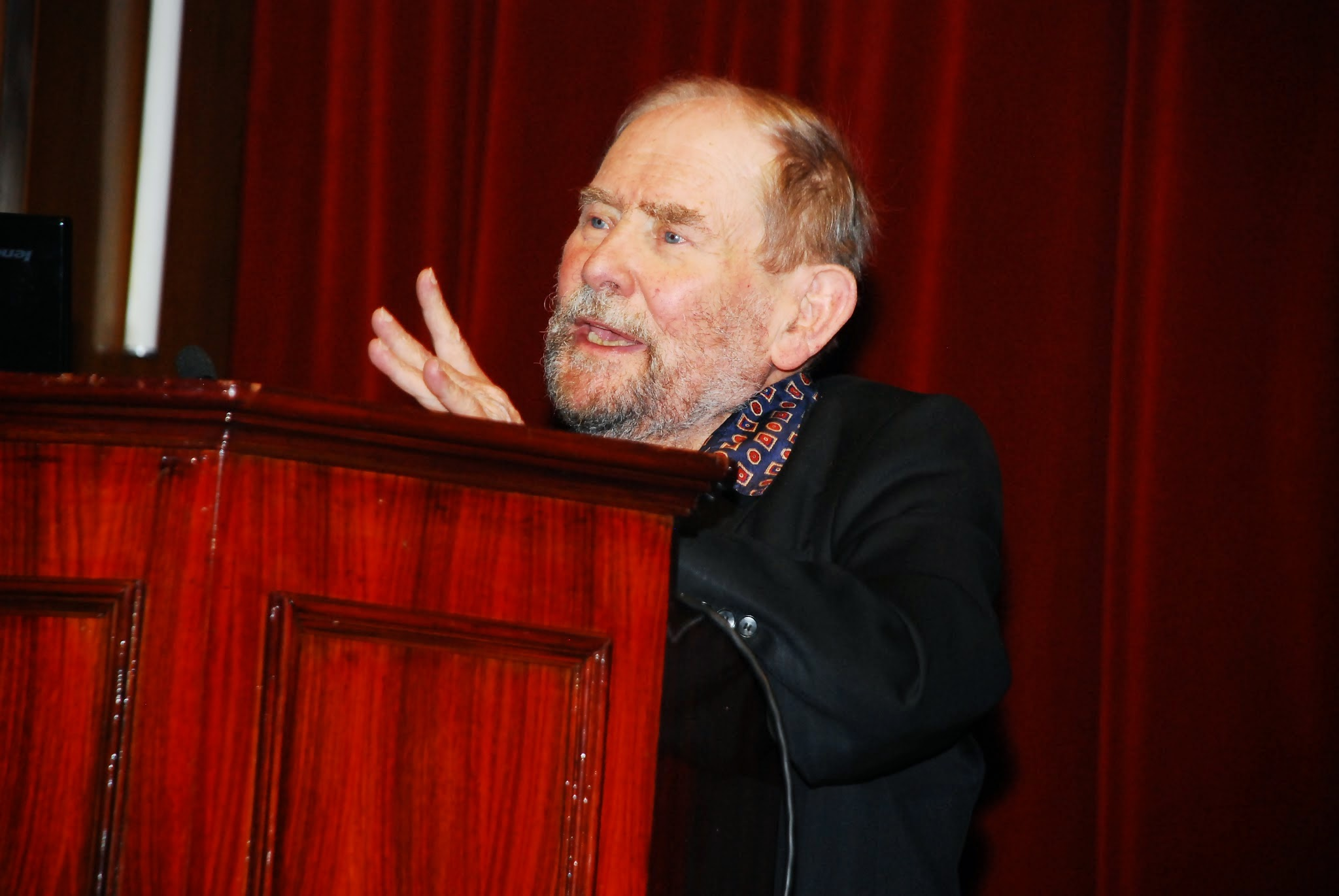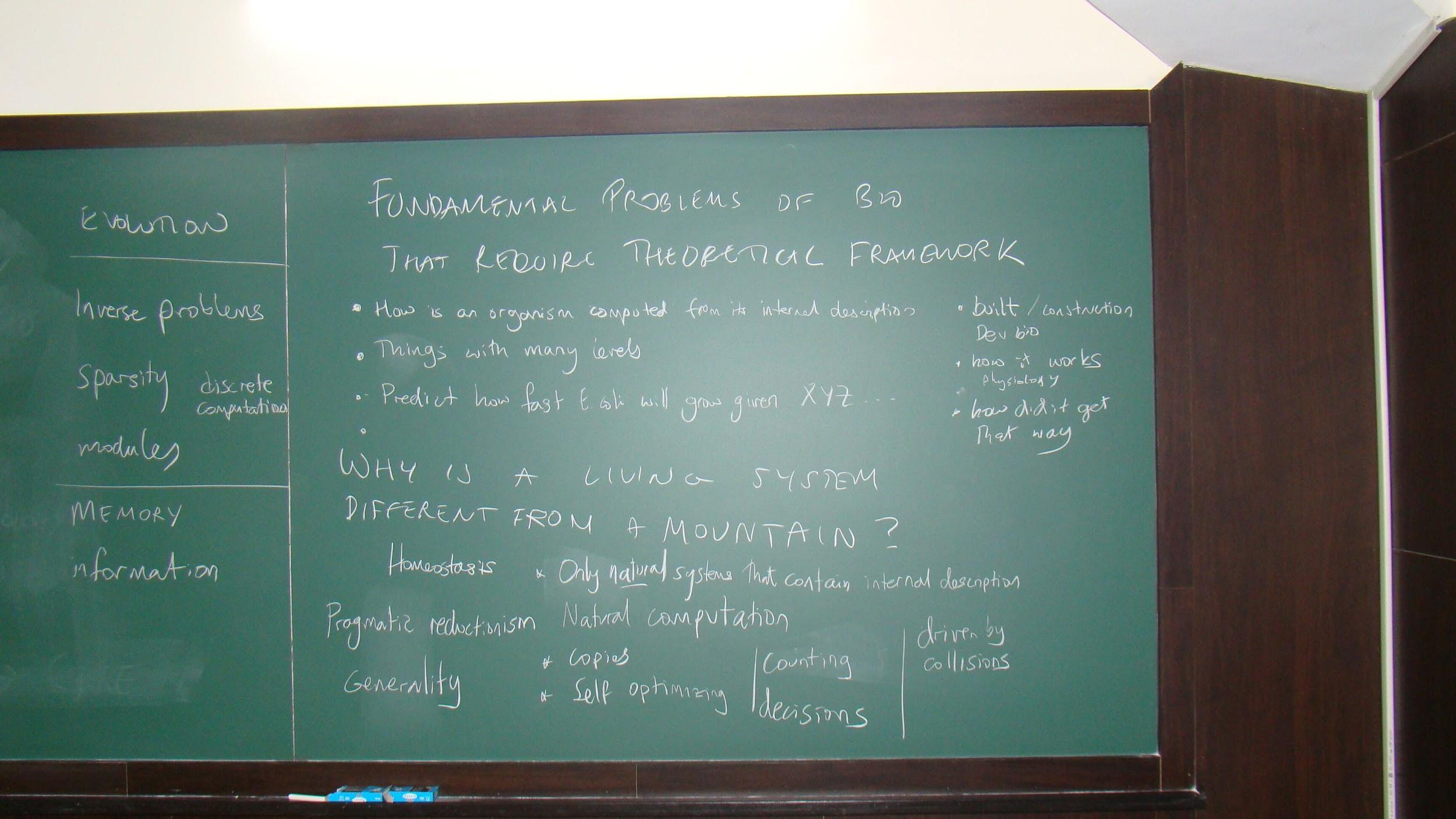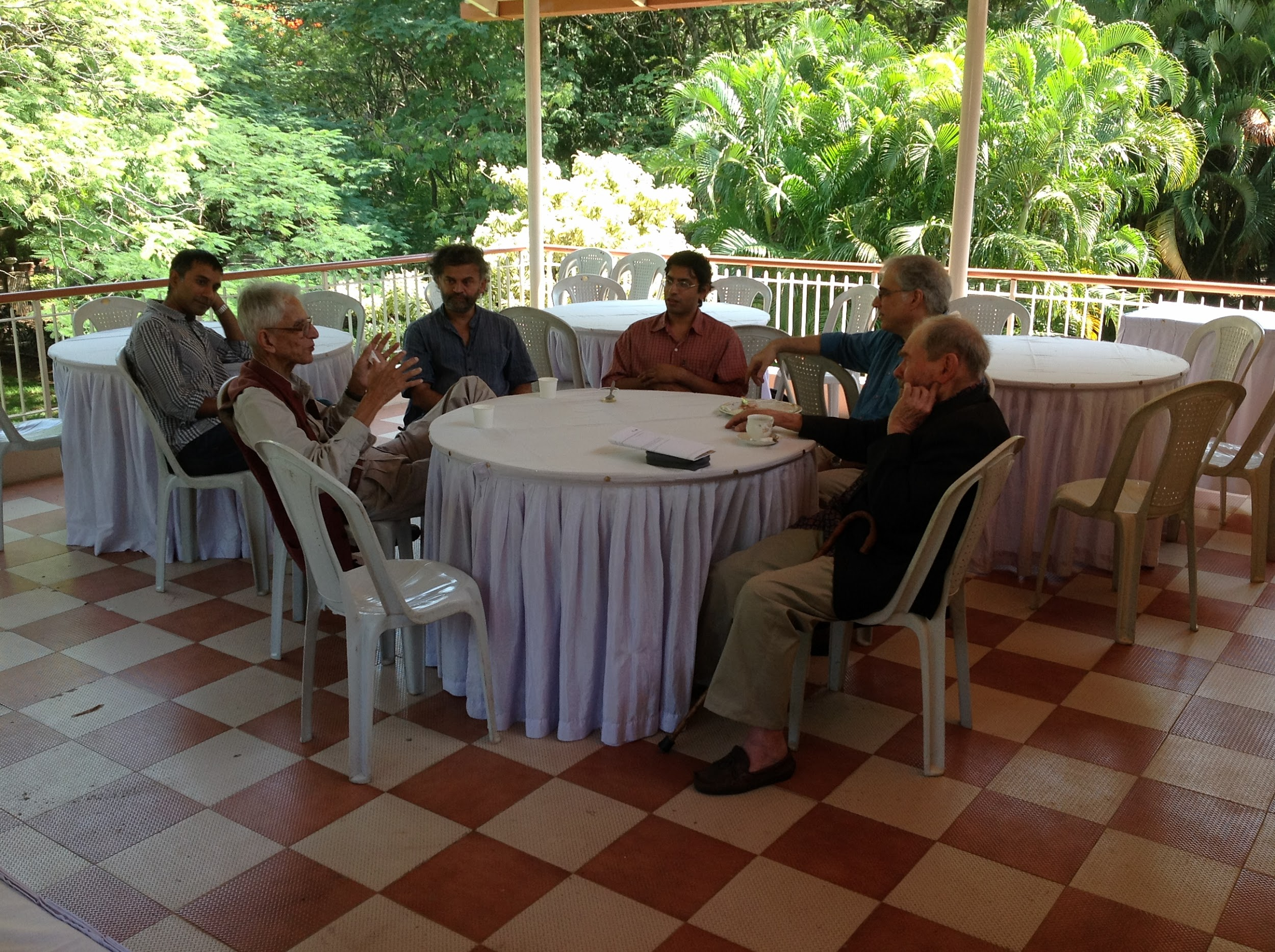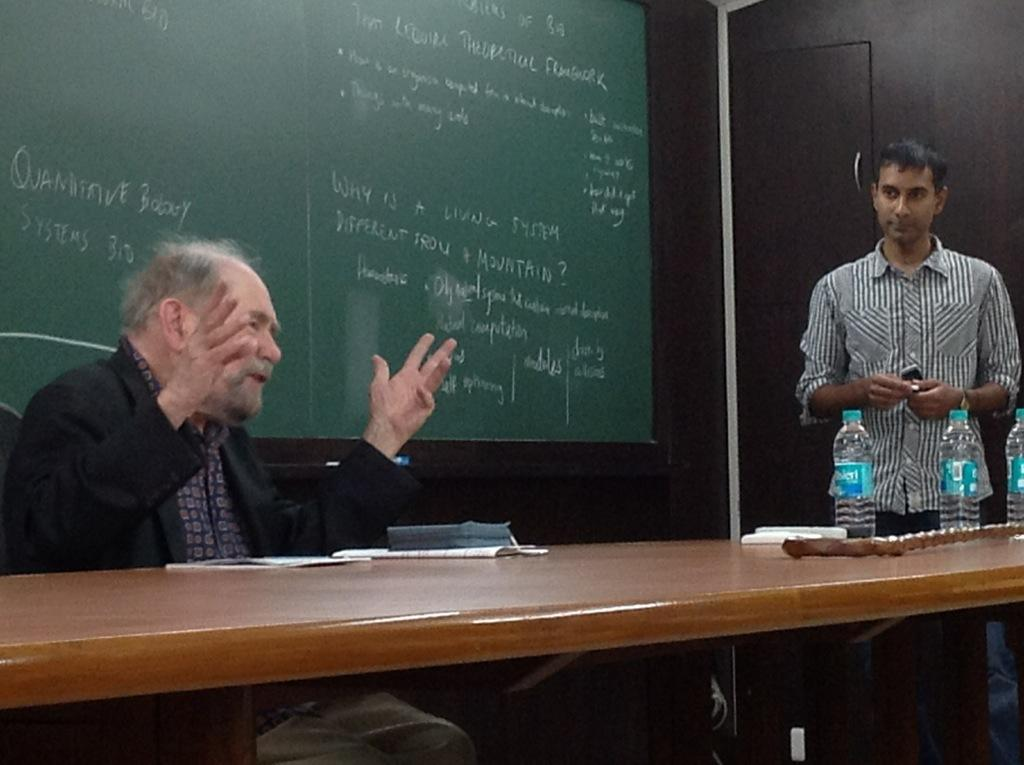Dr Sydney Brenner, a leading pioneer in genetics and molecular biology, a true visionary and one of the most important biologists of our time, passed away on April 5, 2019 in Singapore. He was 92.
Sydney Brenner was born in South Africa and obtained a PhD from Oxford University. After a brief stint in the US and his home country, he moved to the MRC laboratory in Cambridge University where he did pioneering work in molecular biology. Along with Francis Crick, Brenner proposed that a triplet of nucleotides in DNA code for a single amino acid in proteins. Brenner’s work established the nematode Caenorhabditis elegans as a major model organism in developmental- and neuro-biology. His genetic screen experiments in C. elegans lead to the discovery of many new proteins and pathways. This work won him the 2002 Nobel prize in Physiology or Medicine. Brenner contributed to our understanding of programed cell death and also led efforts in the human genome project. He moved to the Salk Institute around 2000 where he remained until his death this year.
From its inception, ICTS has invested in questions of biology that can be pursued in a “theory institute”. In his Nature (23 February 2012) article “Life’s code script”, published on the occasion of the Turing centenary, Brenner argued that biology needs a theoretical framework in which to understand the sea of data coming from experiments. ICTS invited Sydney Brenner to deliver a talk to commemorate Alan Turing’s work that has laid the foundations of computing and has had a transformational effect on science, engineering and society. He very promptly accepted the invitation as he was delighted to speak about Turing. On 18 October 2012, he delivered the “ICTS Turing Centenary Lecture” on “The Architecture of Biological Complexity”.
Abstract of the Turing lecture:
In his paper “On Computable Numbers” Turing proposed a way of performing mechanical procedures on binary inputs to test whether mathematical functions could be computed from a set of simple rules...more
During this visit he also conducted a very inspiring discussion meeting on “The Role of Theory in Biology”.
The Biophysics group at ICTS has worked on uncovering the role of Turing-like patterns during cell polarity establishment in the one-cell stage Caenorhabditis elegans embryo and has broad interests in unravelling the physical principles of morphogenesis. The title and theme of an upcoming discussion meeting at ICTS “Thirsting for Theoretical Biology” are inspired by Brenner’s Nature article mentioned above.






